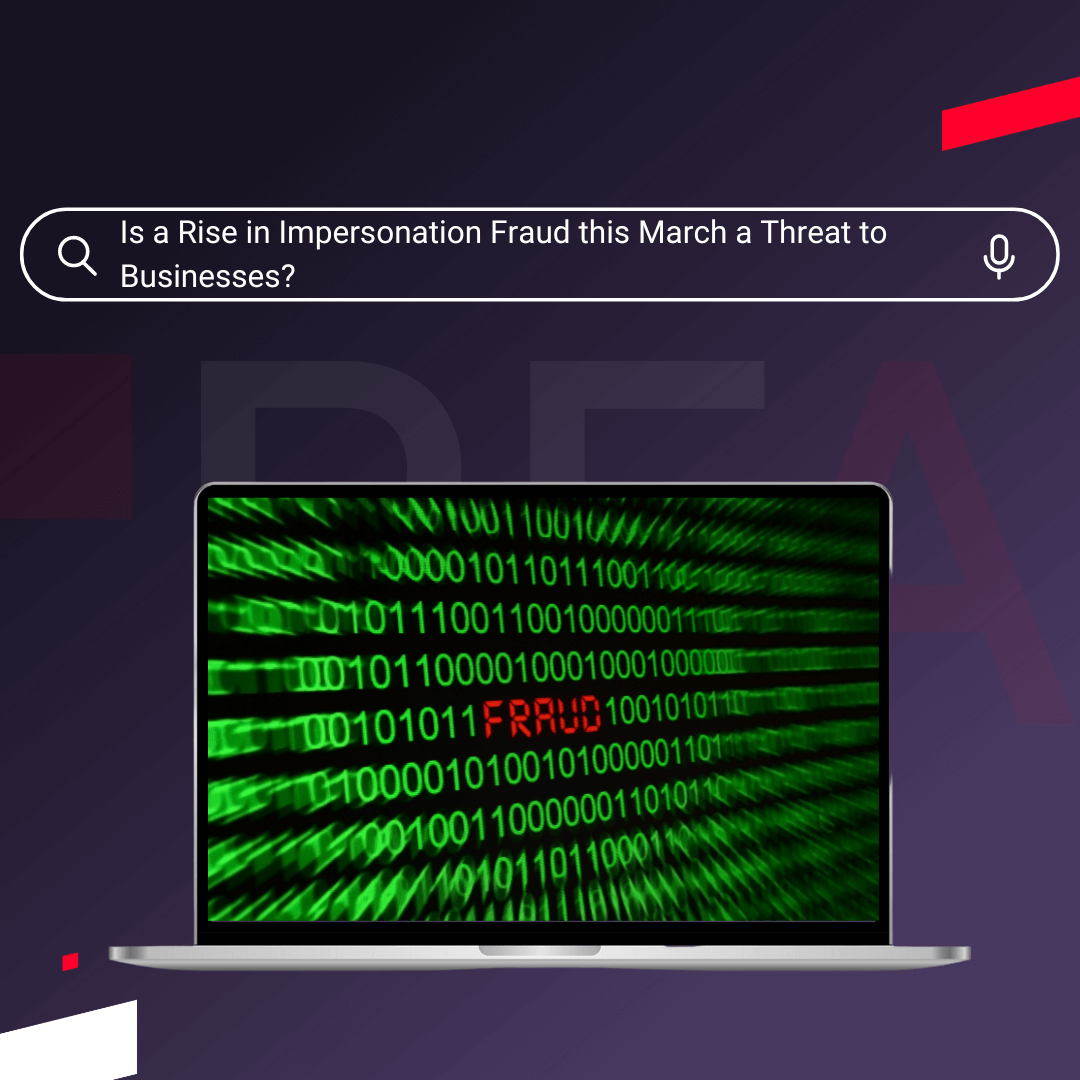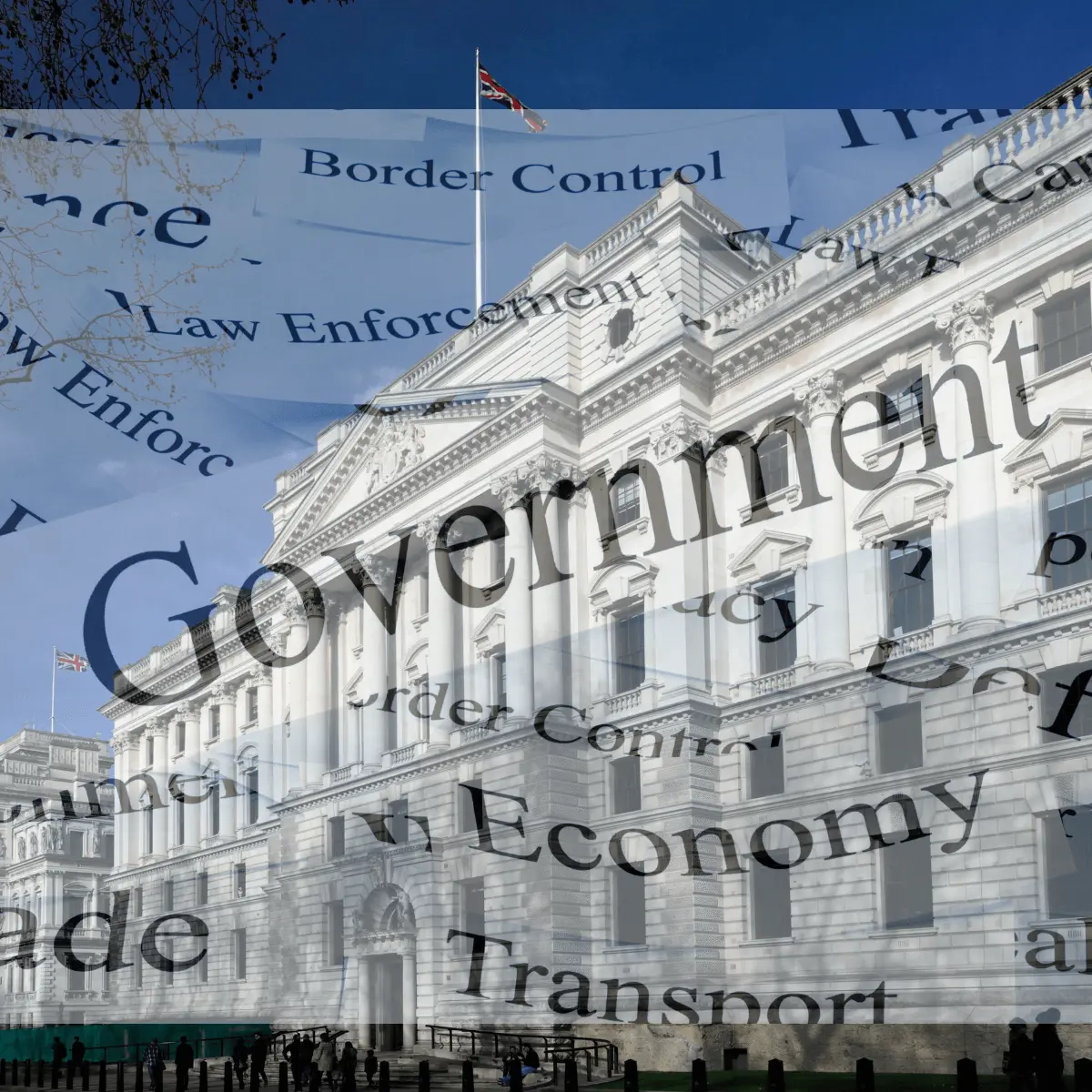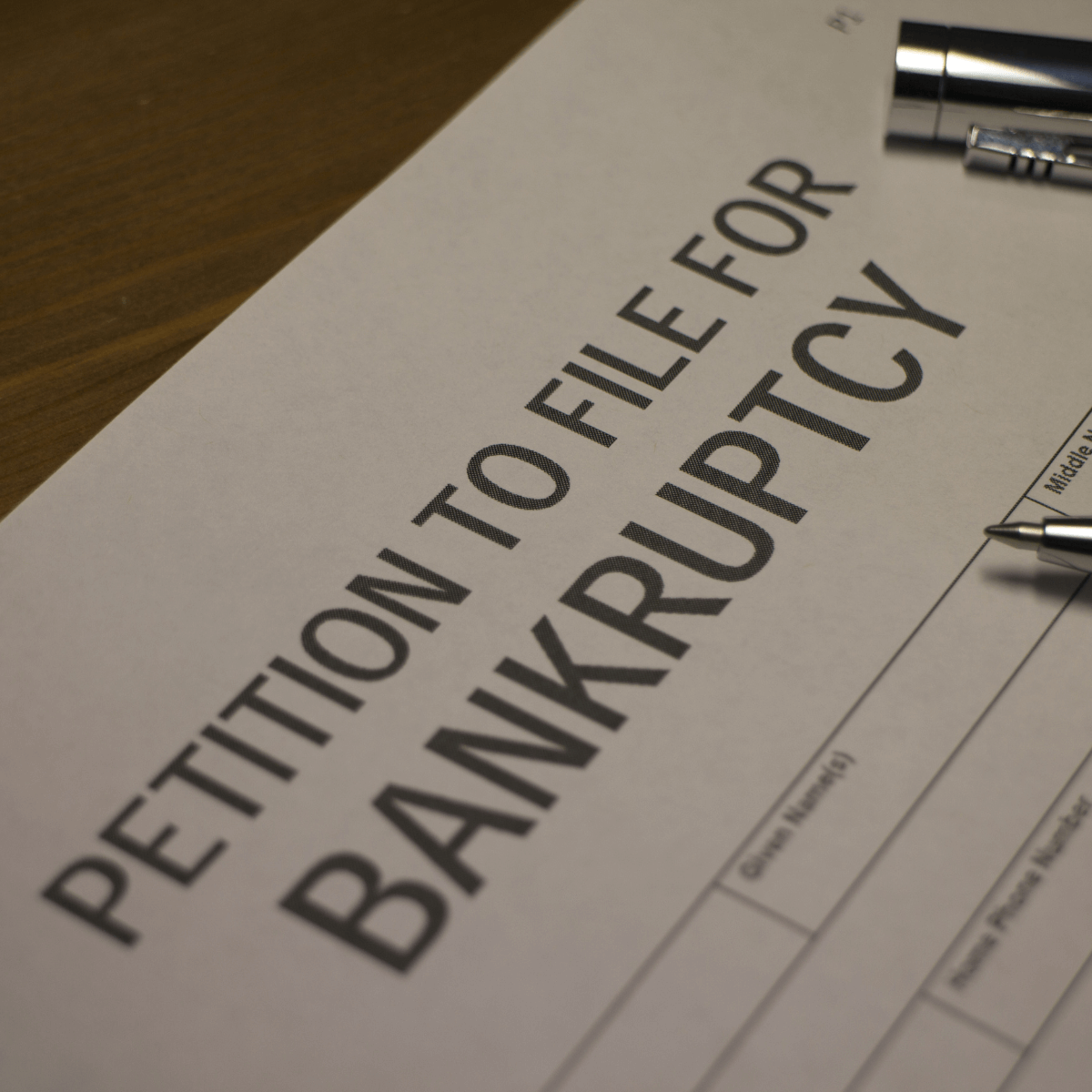When a business becomes insolvent, it can be devastating for those involved in the company. Shareholders lose their investments, directors lose their company and employees lose their livelihood and income.
However, the damage caused by insolvency rarely ends there – all too often, these businesses fail owing money to unsecured creditors.
And if the amount the insolvent company owes is significant and creditors can’t absorb the losses, they too could be pushed into financial distress and, in some cases, insolvency.
In industries built upon complex networks of suppliers, it’s not surprising that the fall of a single large company can start a chain reaction or, long tail business failure.
In this article, we’ll take a look at an example of one of these chain reactions and how Red Flag Alert helps businesses stay alert to the financial health of their clients.
£10 million and 430 unsecured creditors
We’re going to take a look at Sanderson Contracts. This Castleford-based construction company fits out pubs and restaurants and has a customer roster of household names such as Premier Inn, Miller & Carter, and JD Wetherspoons.
Sanderson went into administration owing £10,325,700 to 430 unsecured creditors. In particular, the company had two projects in progress with Easy Hotels worth a total of £60 million, one of which was half finished and another that was nearing completion.
Monitoring supply chain health
The construction sector is particularly prone to this kind of chain reaction. The industry consists of large numbers of small contractors, many of which rely on only three or four customers. They rarely have cash reserves or significant assets, and they usually acquire significant costs before getting paid. If invoices are unpaid, it can be a terminal blow and one which is likely to have repercussions for their own suppliers and so on.
Data on business failure helps you manage risk
We take the data from an insolvency like Sanderson and use it to inform the company health ratings of its creditors.
By feeding several specific factors into an algorithm we get an accurate indication of whether a creditor is at risk of failure after accruing a bad debt. These factors include:
- The unsecured loss against shareholder funds: We compare the unsecured loss against the creditor’s shareholder funds to determine the capital reserves in place to absorb the loss.
- The unsecured loss against working capital: We calculate how likely the business is to be able to absorb the loss by comparing it to the amount of liquidity available in the business.
- Size of loss: Smaller losses of less than £2,000 are given a lower risk weighting as they are considered to have a negligible impact, unless they build up during the course of 12 months.
Of the 430 unsecured creditors left out of pocket in the Sanderson case, we have identified 17 that are now at risk of failure as a direct result of the insolvency.
These are businesses of different sizes from a range of industries, from plasters and renderers to equipment hire and facilities management.
Of course, these companies aren’t definitely going to fail. They may have credit insurance or access to capital we don’t know about, or they might be able to agree deals with their own creditors.
But what we do know is that these companies have experienced a significant financial shock and that their creditors should monitor them for any further signs of deterioration.
Monitoring those customers that are one step removed from your business is particularly useful if you are part of an extensive supply chain, as you can use it to monitor the financial health of those further up the chain that may affect you.
By staying aware of emerging problems, you are in a better place to take action to protect your business. This could include:
- Improving your margins
- Tightening your terms
- Getting credit insurance
- Optimising VAT payments by switching to a cash basis
- Finding new clients
Avoid the failure chain – get Red Flag Alert
Red Flag Alert rapidly informs you of clients’ financial distress, allowing you to see problems early, avoid bad debt, and make your credit control process proactive. Red Flag Alert provides:
- Financial health on every UK business
- 50,000 real-time updates every day
- Detailed rating system that is predictive of future problems
- Sophisticated scorecards that include a wide range of weighted factors
- Information integrated into your CRM
- Monitoring updates provided in real time
Discover how Red Flag Alert’s experienced team can help you mitigate risk and protect your business. Why not get a free trial today and see how Red Flag Alert can help your business?




